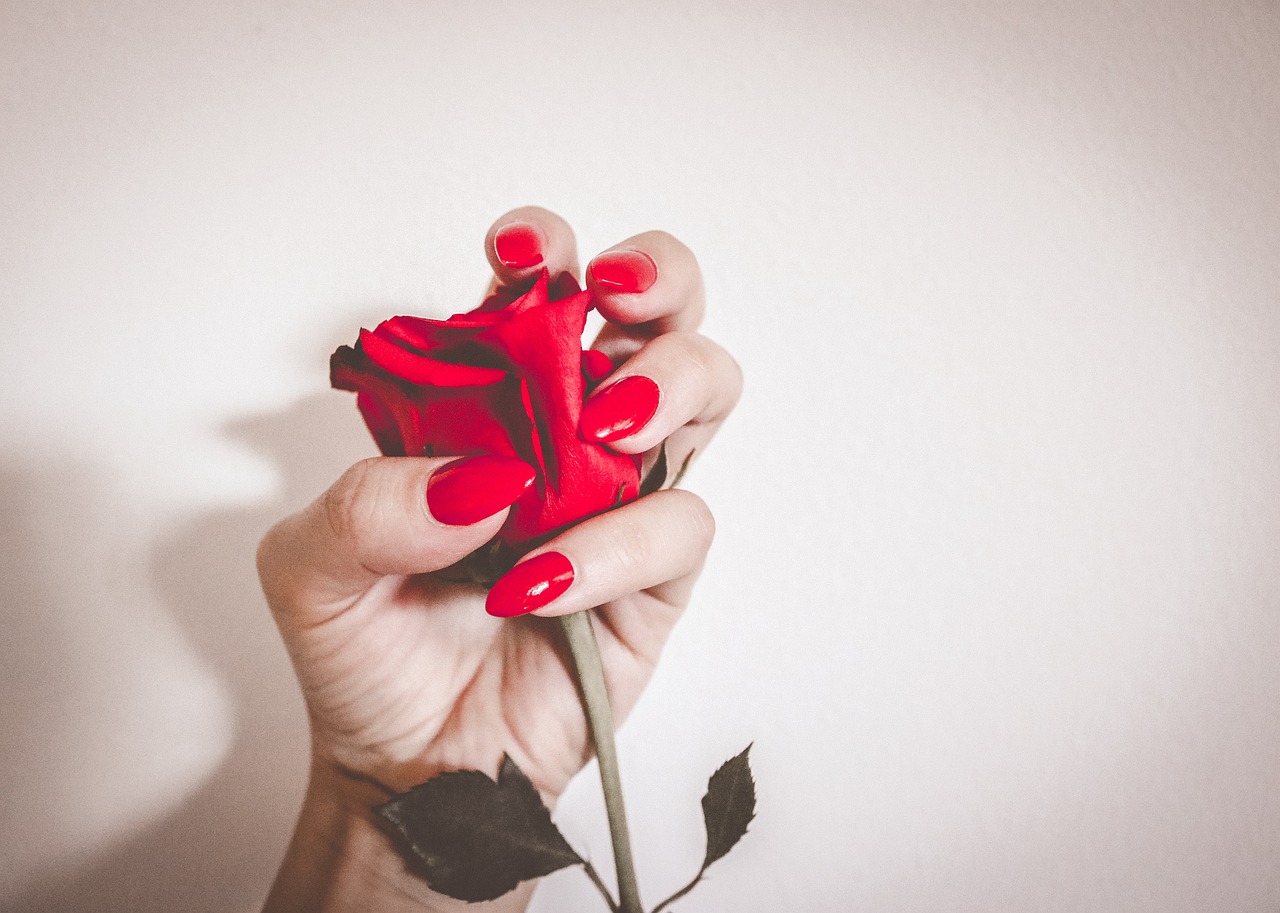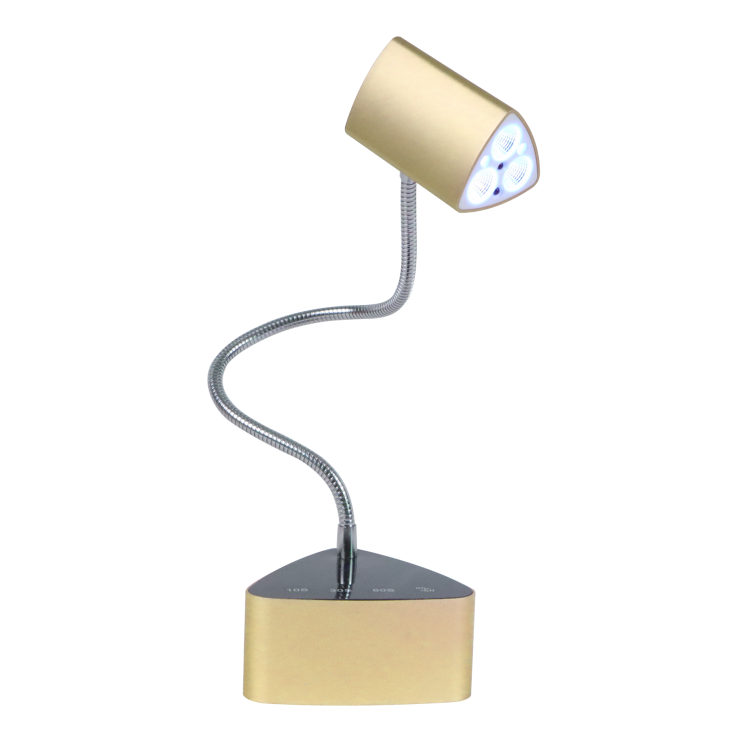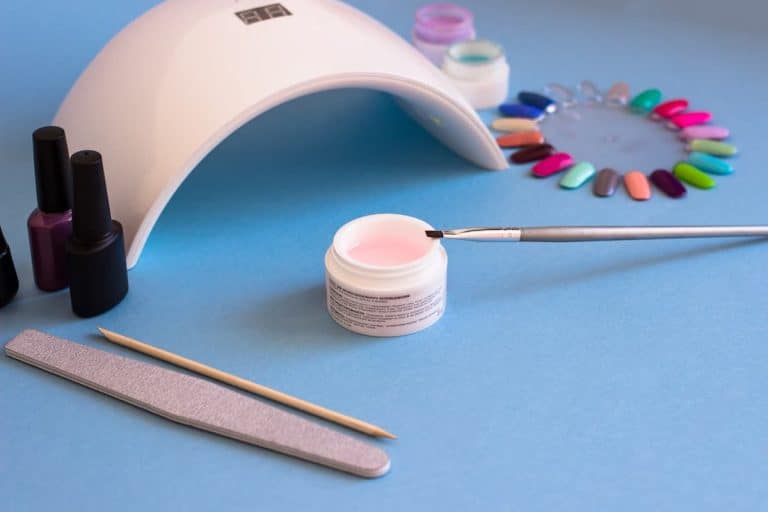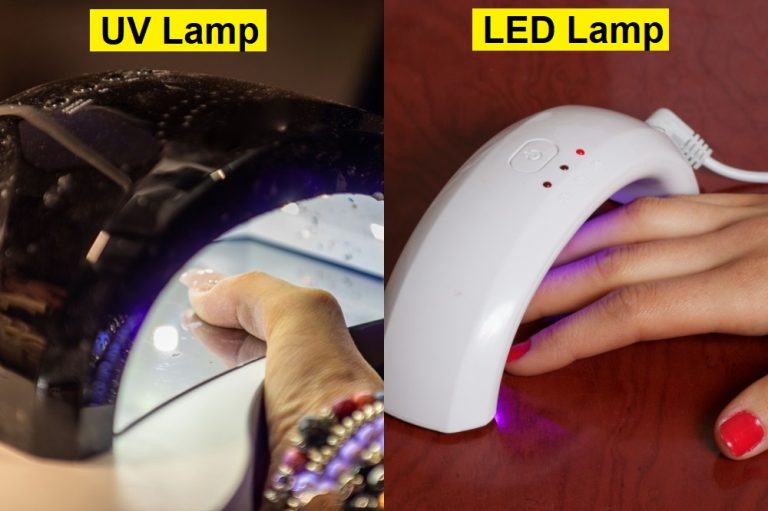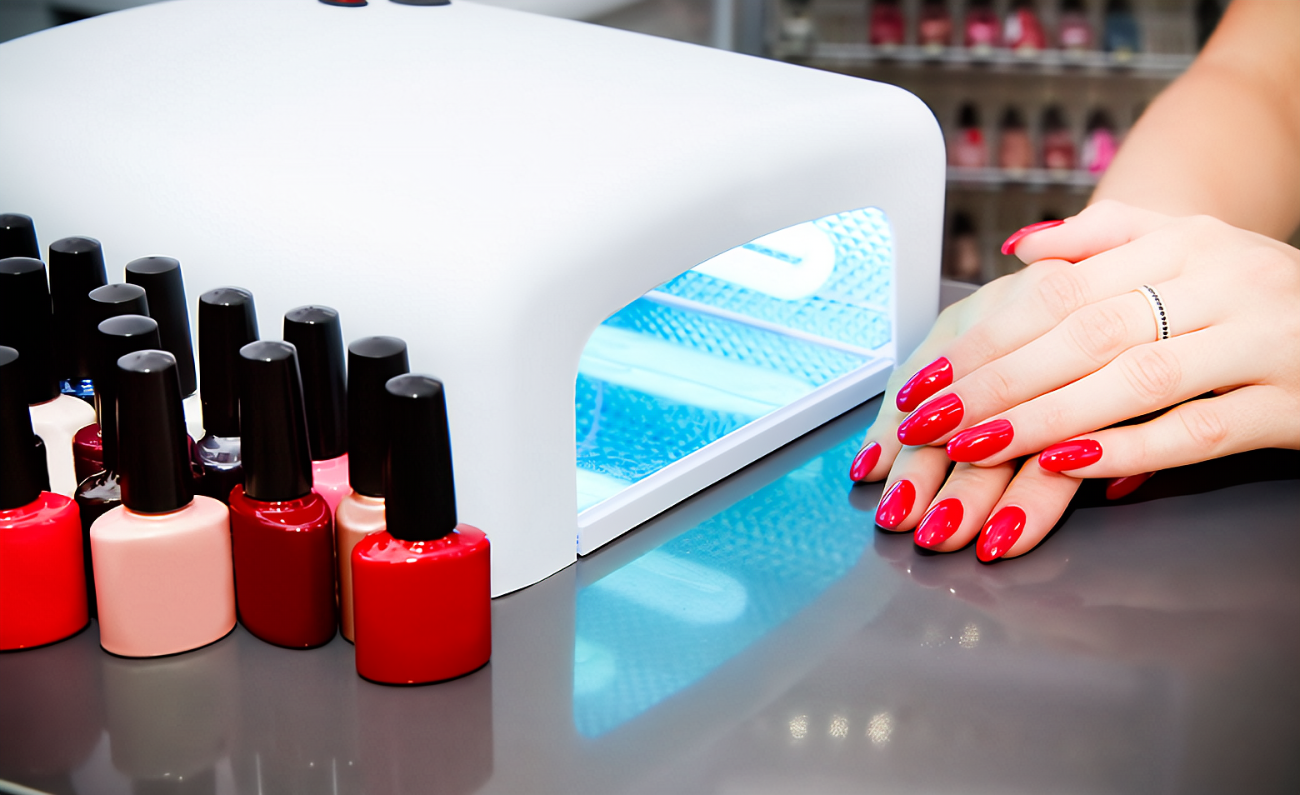Nail art, hair styling, and eyelash extensions – the essential trifecta for every modern fairy. Among them, nail art remains the most controversial. Some adore it, considering it a form of fingertip art that elevates one’s mood, while others are concerned that it may harm nails, cause skin darkening, and even pose cancer risks.
So, the question arises, does nail art really lead to darkened skin or cancer? Let’s delve into the details and clear the air.
What Exactly Are Nails?
Human nails are thin, oval-shaped structures made up of aggregated keratinocytes at the tips of our fingers. They primarily consist of keratin, lipids, and water, and their growth is driven by the secretion of keratin from the nail matrix. Nails can be divided into the nail body (visible part) and the nail root (the part growing beneath the skin).
Healthy nails grow at an average rate of 0.1 millimeters per day, with an average renewal period of 6-9 months for each nail.
Does Nail Art Damage Nails, Making Them Thin and Brittle?
Yes, it does. Frequent nail art applications, incorrect nail polish removal methods, improper use of filing tools, overuse of electric nail files, and forcibly peeling off nail gel can all damage the nail structure. Repeated nail art and removal can lead to thinner and more fragile nails. Some individuals even experience heat and discomfort during nail shaping due to overly thin nails.
Does Applying Multiple Layers of Gel Polish Prevent Nails from Breathing?
Nails do not have the capacity to “breathe.” Breathing is a biological process involving metabolic cell functions to obtain oxygen and convert sugars into energy. Nails primarily consist of keratin, lipids, and water and are considered “dead cells” without metabolic abilities, meaning they do not breathe.
However, the nail bed beneath the nail plate requires oxygen, vitamins, and minerals for nourishment. Thus, for the health of the nail bed, it is essential to allow nails to remain breathable.
Can UV Light from Nail Lamps Cause Darkening of the Skin and Cancer?
The UV light used in nail art can lead to skin darkening, although the risk of cancer is minimal.
Nail lamps on the market and in nail salons primarily use two types of light sources: LED (wavelength 405nm) and UV (wavelength 365nm). The 365nm UV light falls under the UVA spectrum, penetrating deeply into the skin. It can affect melanin in the epidermis, causing skin pigmentation and darkening with long-term exposure. However, 405nm UV-A LED lamps fall within the visible light range and do not darken the skin. Nevertheless, it is still possible to experience skin darkening because light sources have a range of wavelengths, including some UV. Therefore, when getting nail art, it is advisable to use sunscreen or wear fingerless gloves to protect the hands from UV exposure.
Furthermore, while UVA radiation carries a low cancer risk with minimal exposure during nail treatments, some special cases have reported occurrences of squamous cell carcinoma in individuals exposed to UV nail lamps frequently, especially those taking photosensitive medication.
As for gel polish used in nail art, it does not cause cancer. Gel nail polish for light-curing is primarily composed of acrylic resin and photoinitiators, with some pigments and additives. It does not contain harmful organic solvents like toluene or formaldehyde, making it eco-friendly, non-toxic, and non-irritating. The premise is using a quality-assured gel polish from a reputable manufacturer.
Can All Dead Skin Around Nails Be Completely Removed During Nail Care?
Dead skin includes the skin on the nail folds and cuticles, consisting of accumulated keratinocytes due to natural shedding. While some trimming is acceptable, excessive removal or improper handling can lead to skin damage, making it vulnerable to contamination and potentially causing nail infections like paronychia and fungal infections, ultimately risking onychomycosis (nail fungal infection).
Hence, it’s essential to exercise moderation when removing dead skin and ensure that nail tools are adequately disinfected.
After all this information, can you still get UV nail art?
The answer is yes, you can, but with precautions. To enjoy UV nail art safely, limit the frequency of nail treatments, protect your hands from UV exposure during the process, use high-quality gel polish and nail lamps, and avoid unnecessary stress on the nails. If you have naturally thin or brittle nails, it’s advisable not to overburden them.

